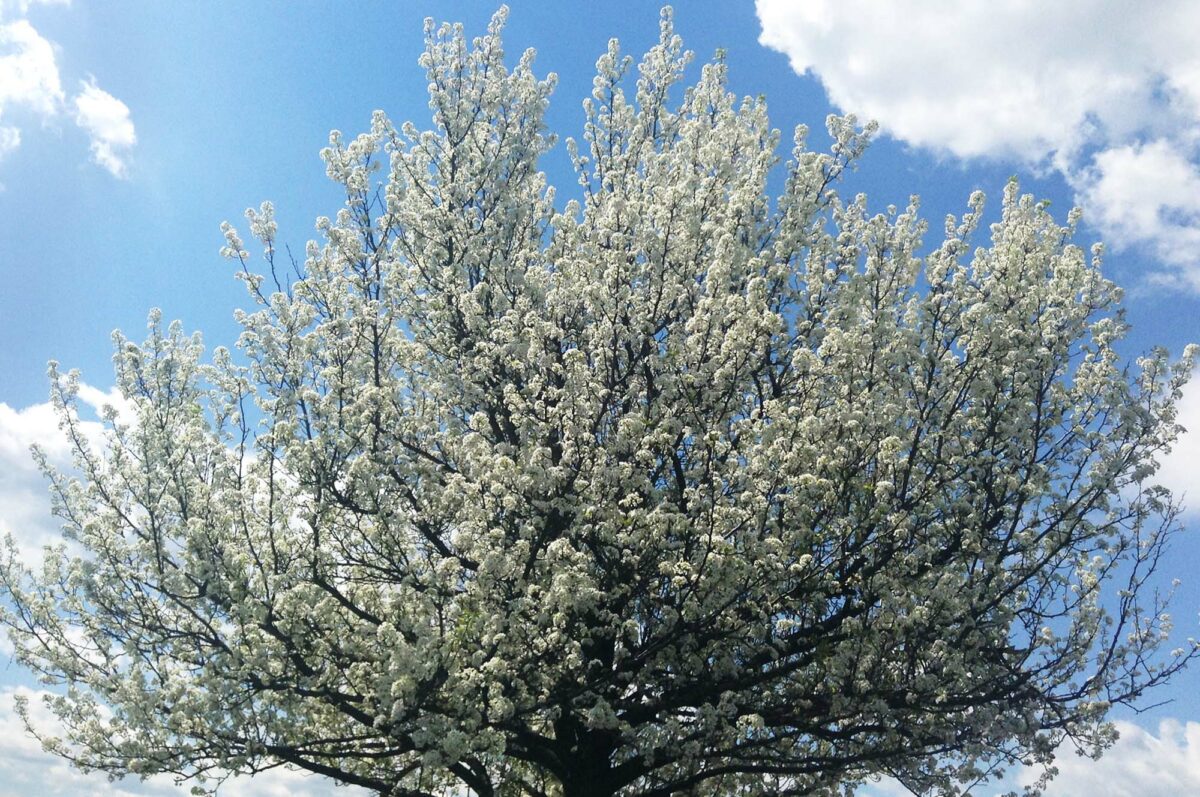In a season full of gorgeous blooms, a tree full of bright white blossoms should be another pleasant sign of spring. Instead, for many regions throughout the United States, white-flowered trees signal an oncoming wave of seasonal stink. What are these stinky trees, and why are they everywhere? This invasive species is known as the Bradford or Callery pear tree, and its problems go beyond smelling bad.
Callery pear trees are found in most U.S. states. According to this map created by the University of Georgia’s (UGA) Center for Invasive Species and Ecosystem Health, states from New York to California contend with this pesky pear tree.
How did these foul-smelling trees become so widespread? As UGA professor of horticulture Mike Dirr told NPR, the species once seemed like the perfect plant. About 30 years ago, people across the U.S. began planting Callery pear trees for agricultural and landscaping use.
“We thought, ‘Gee, this is a panacea,'” Dirr said. “You can stick it into any planting space in an urban situation, in concrete-heavy soils, clay soils, limestoney soils, acid soils, and it’s gonna grow.”
But the Callery pear’s downsides soon revealed themselves. In addition to growing flowers with a scent reminiscent of rotting garbage or fish, the tree spread aggressively and cross-pollinated with other species to produce fruits and thorns that littered yards and sidewalks.

Today, many states consider this tree an invasive species. Some communities have even offered locals rewards for cutting down Callery pear trees. In South Carolina, Clemson University and the S.C. Forestry Commission launched the “Bradford Pear Bounty” program. The project encourages property owners to uproot up to five of their Bradford pear trees in exchange for free native replacement trees. Similar initiatives are available in Kentucky, North Carolina, and Missouri.
If a Bradford or Callery pear tree is stinking up your yard, look into local invasive plant removal programs for help getting rid of the nuisance. Regional experts can also suggest native plants to replace those problematic pear trees.
